We love colorful flowers here at Sea Change Farm & Flower! The caveat? I like choosing colors with structure.
Last time on Flower Color Theory (cue dramatic music): I talked about using complementary colors, which are opposite each other on the color wheel, as anchoring colors for a composition.
This week I want to introduce another color strategy that I love: using analogous colors.

Analogous Colors
Woooooaaahhh more color theory words! Back to the color wheel.
Analogous colors are adjacent on the color wheel. A group of analogous colors is often three colors that are best friends & neighbors. For example, Red, Red-Violet, and Red-Orange.
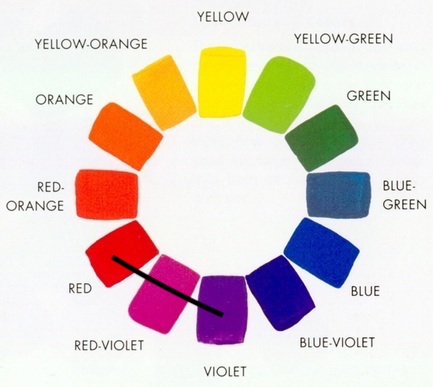
Sometimes, people call these types of color schemes “Monochromatic,” but in fact they do use multiple colors. By including colors that are close to each other, but not quite the same, analogous color scheme creates a richer, fuller “monochromatic” look.


Usually, I make analogous color arrangements when I’m starting with a very narrow color constraint. In the photos above, the analogous color scheme was inspired by a dress! One that shifted from red to violet.
Analogous color palettes can also be born out of a client’s request (“Please make me a purple bouquet”) or from some other item of inspiration.
Often, it’s a particular flower that I want to highlight that inspires an arrangement and color palette.
Here’s an arrangement inspired by orange butterfly ranunculus, since it was a particularly great week for those blooms at the farm. This bouquet uses an analogous color scheme with Red, Red-Orange, and Orange proper.

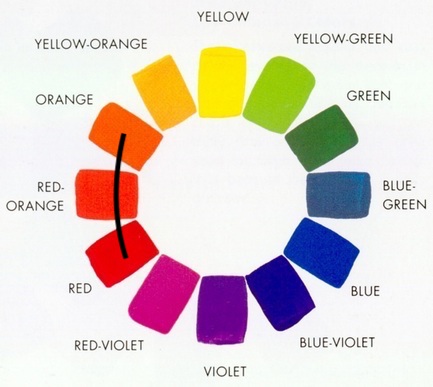
Is there also pink in there? Yes. Could you call that Red-Violet? Maybe. But, I’m counting the pink as a tint of Red, so it’s all good. We’ll talk about tints another time.


In a similar analogous color grouping, but using lighter tints of Red, Red-Orange, and Orange, is this dahlia-centric bouquet:

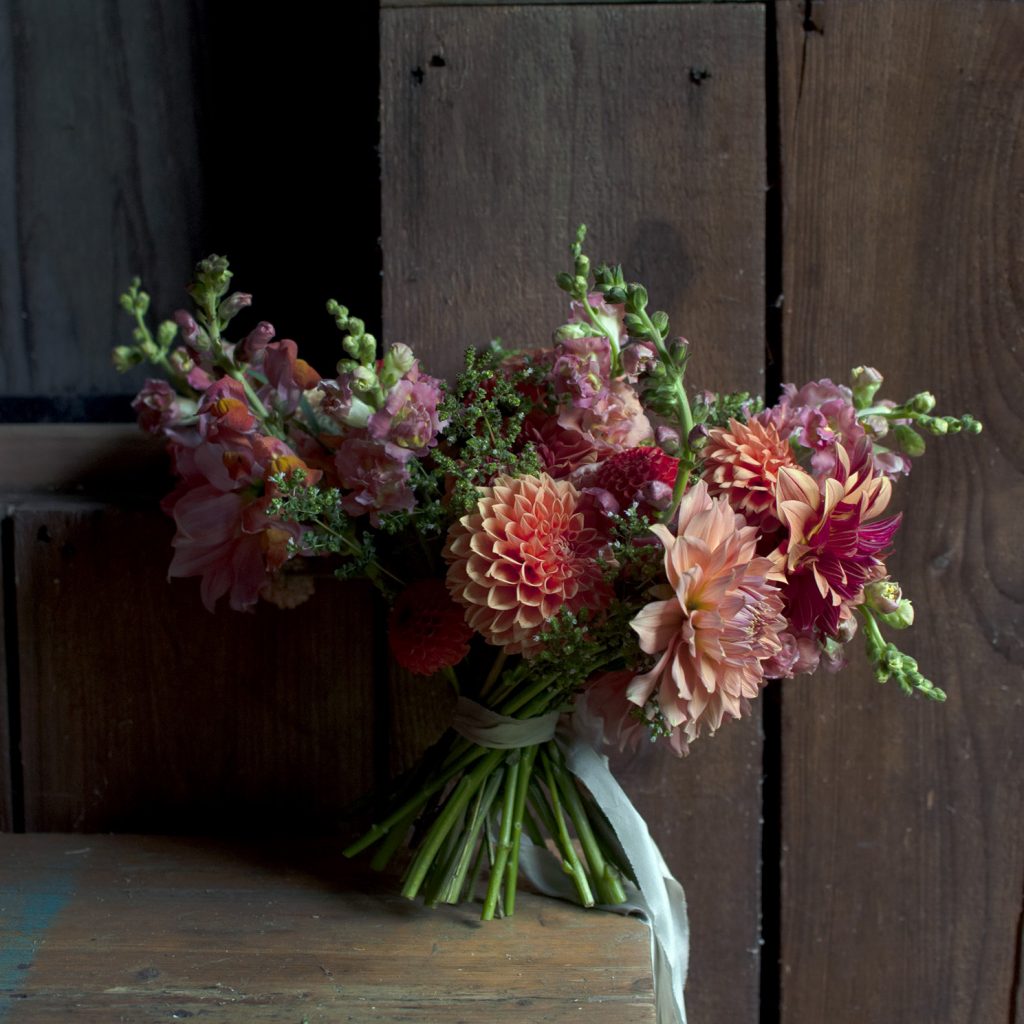
Many, many floral arrangements that I make masquerade as monochromatic, but in fact use analogous colors! Here are some examples:


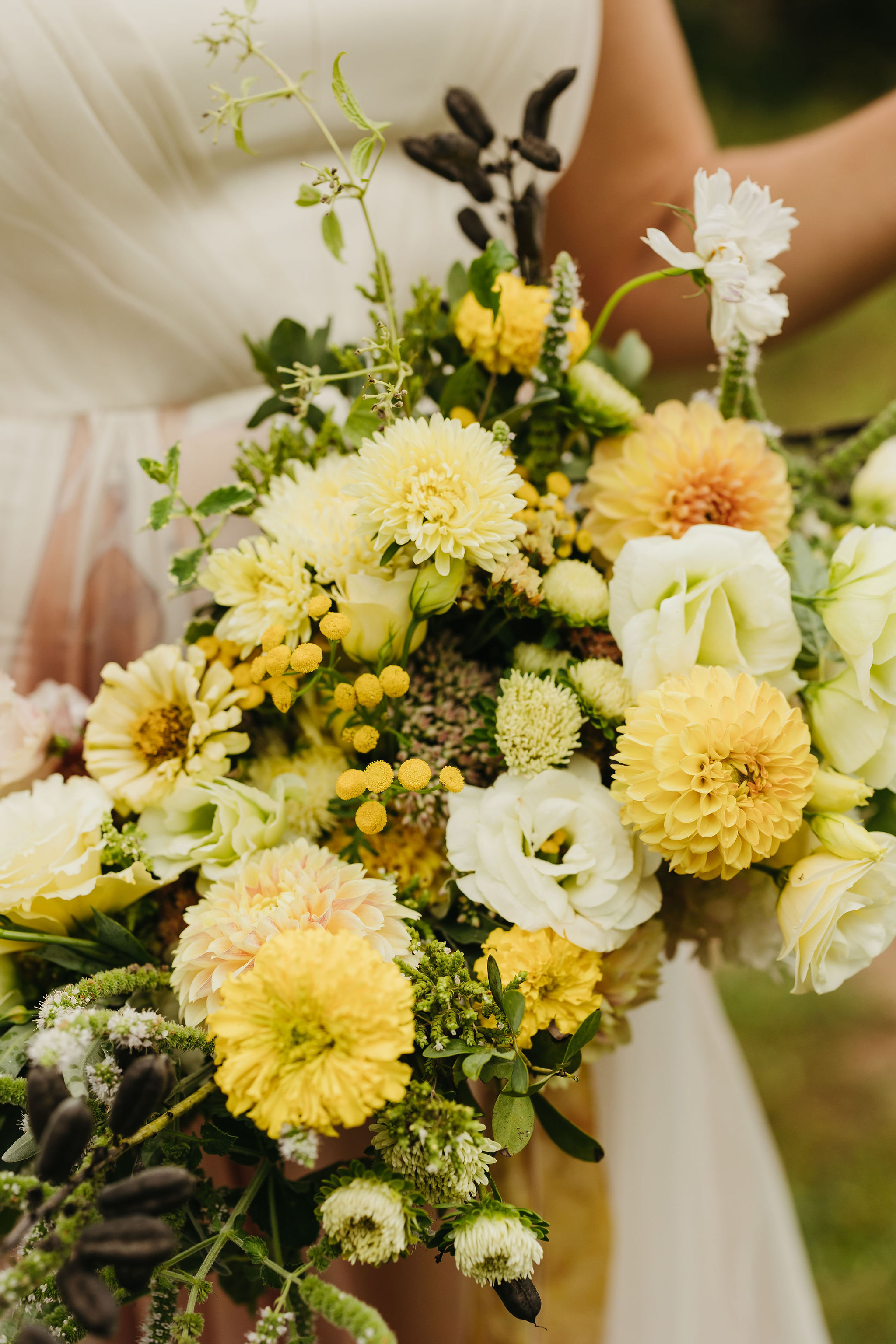
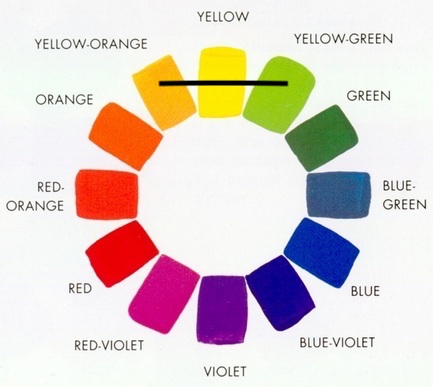

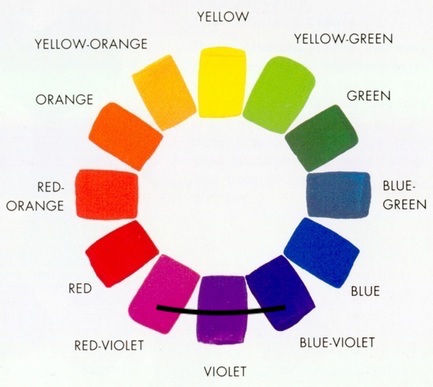

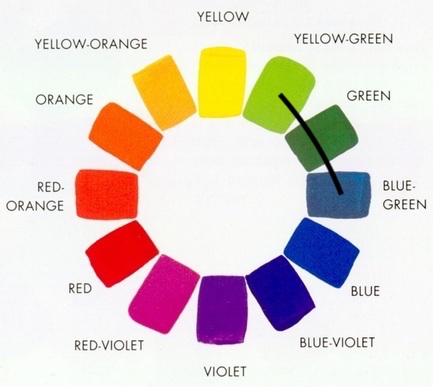
A great analogous color palette is like a monochromatic color palette with a glow-up. So much more rich and complex!
Have I inspired you to ask for an analogous color bouquet next time you buy flowers? Are there things around you that you’ve thought of as monochromatic, when in fact they use analogous colors? I hope you’re eyeing the colors around you with a newly critical eye! I know I am 😉
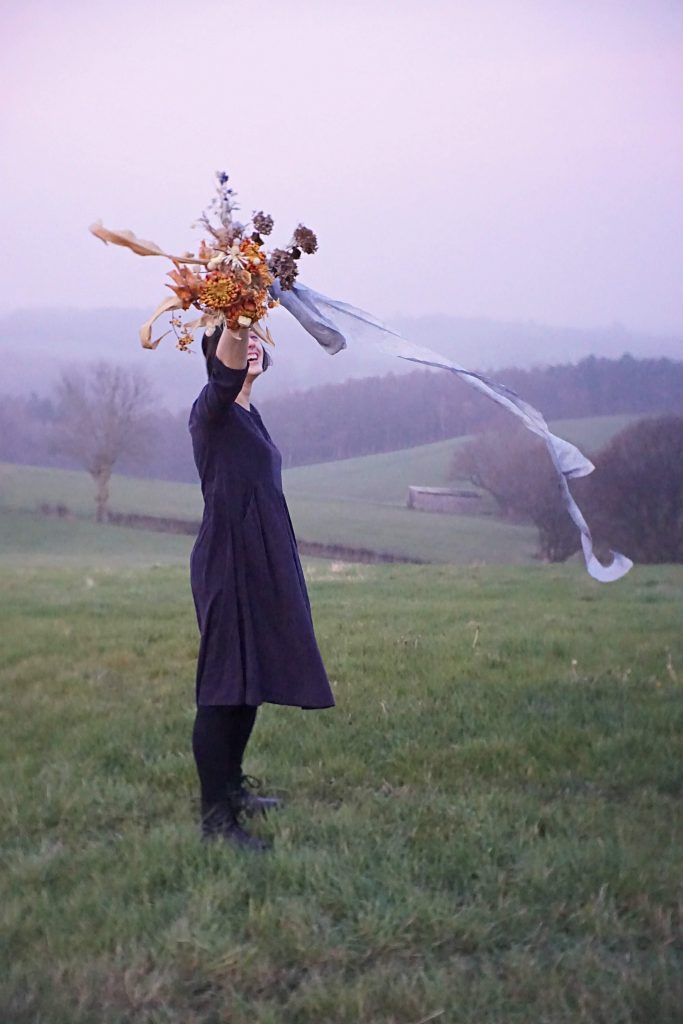
This is an excerpt from the Sea Change Farm newsletter.
Want more like this? Sign up for our newsletter here.
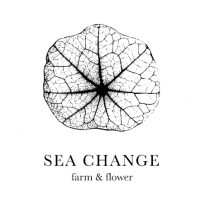
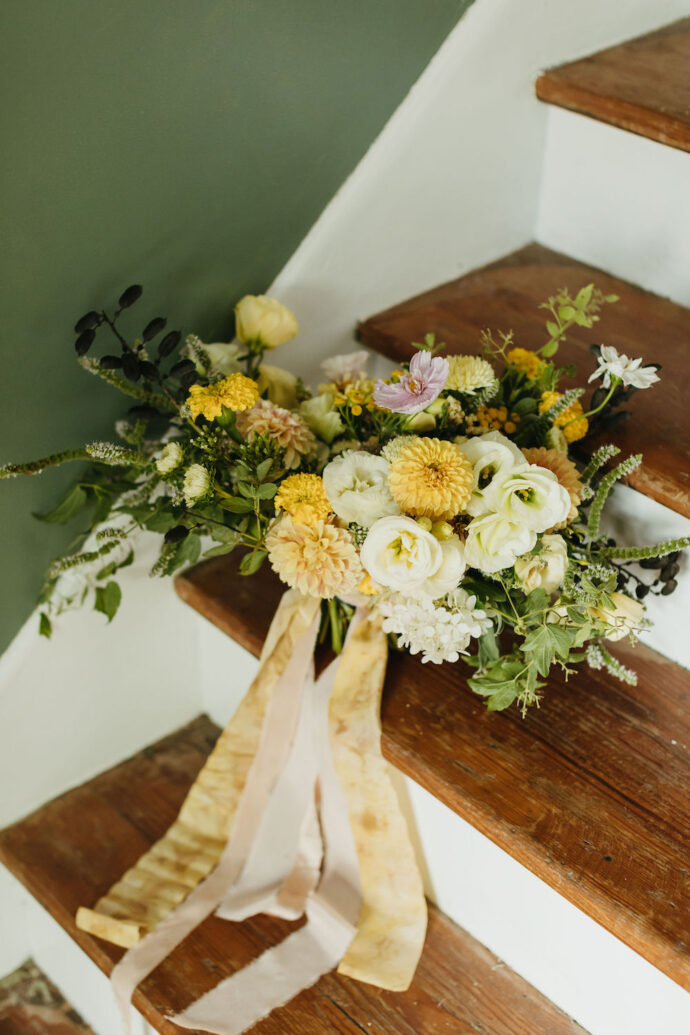
Loved your Analogous Bouquets!!!